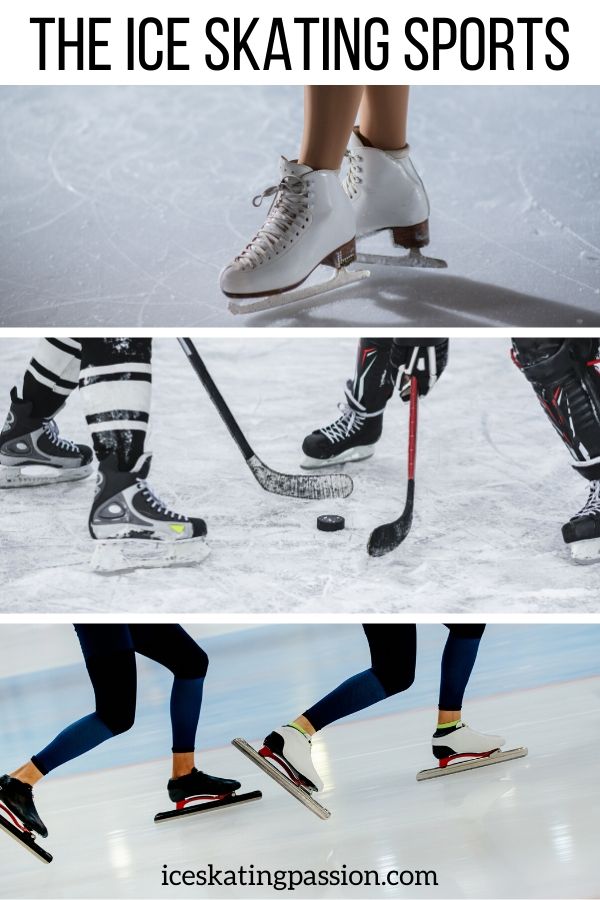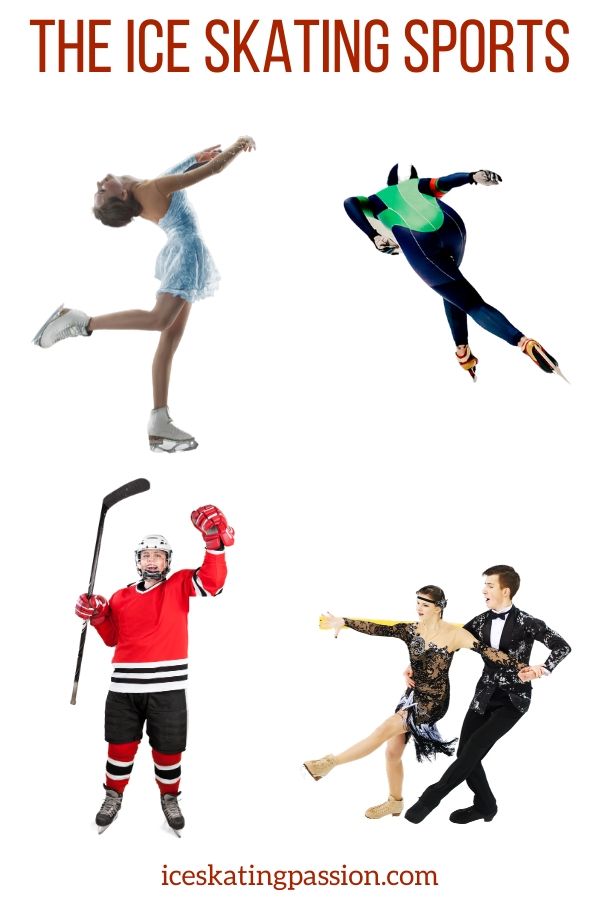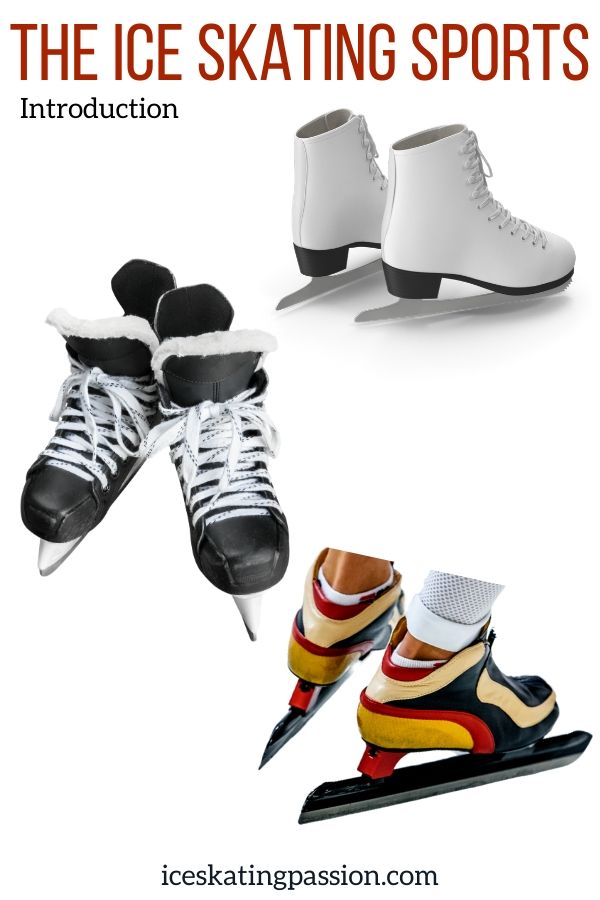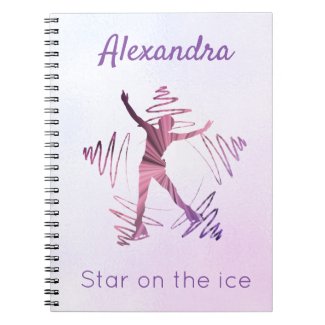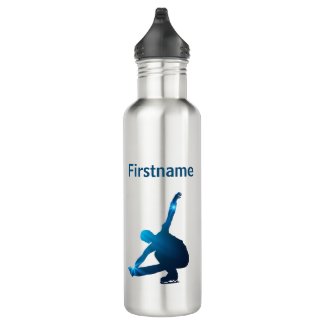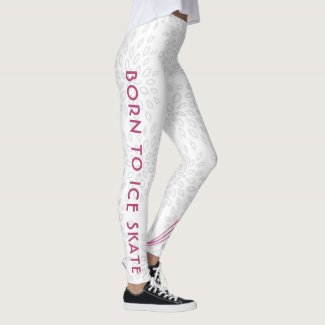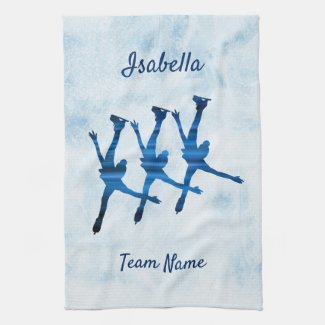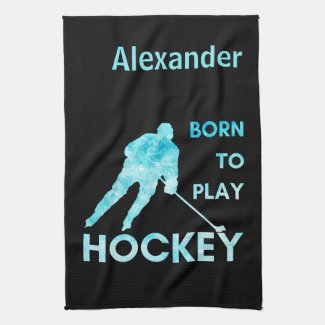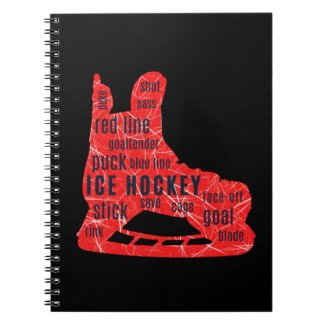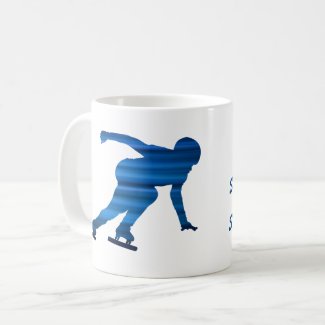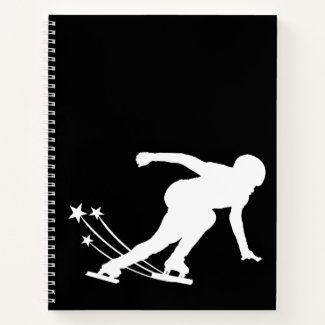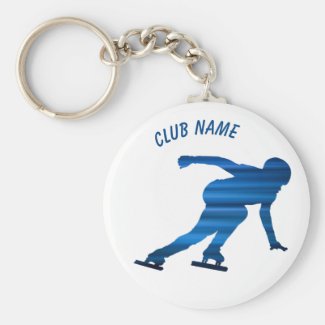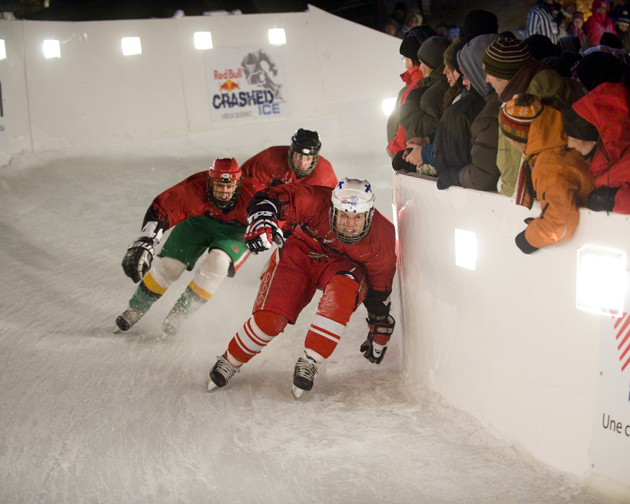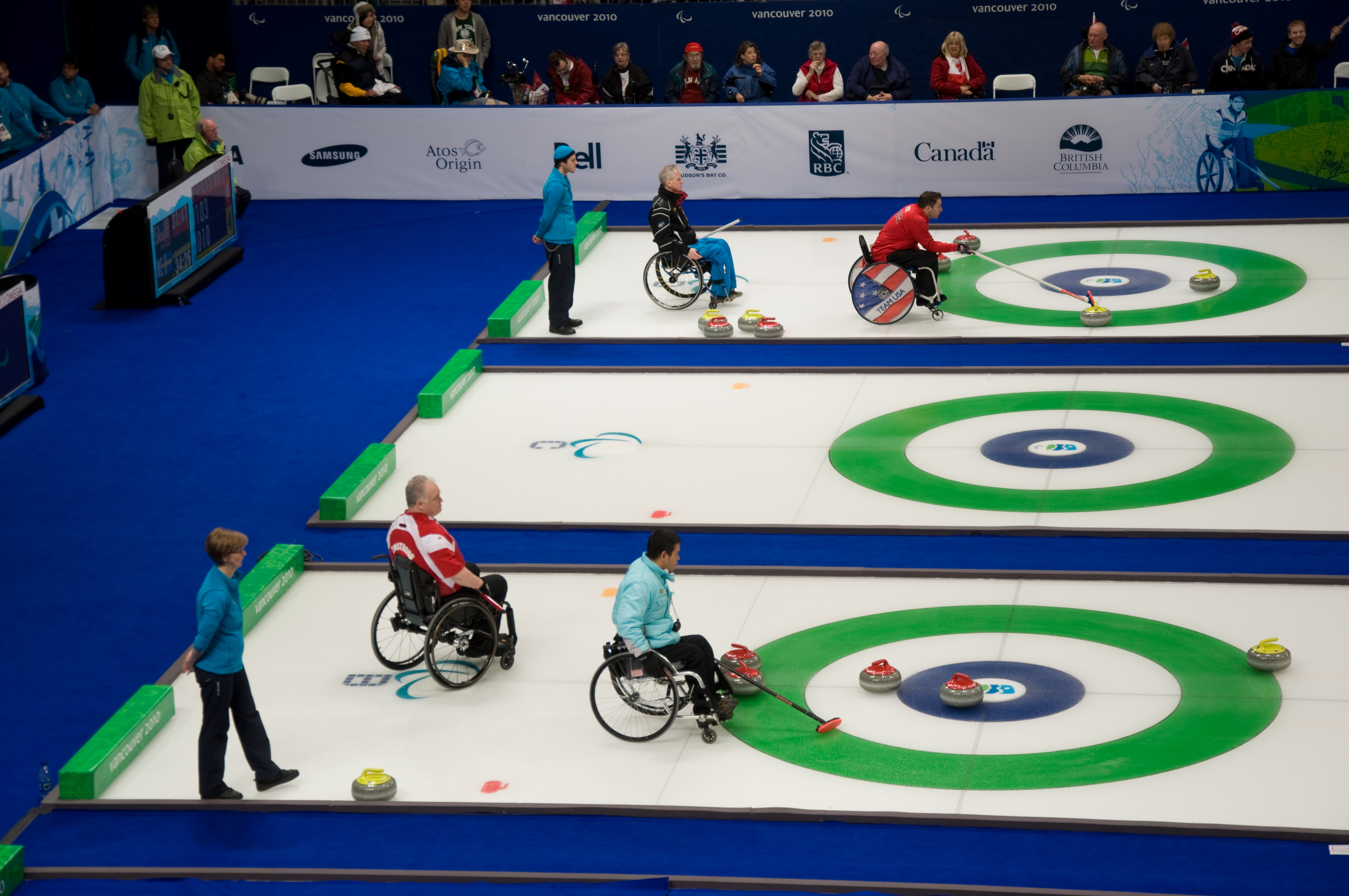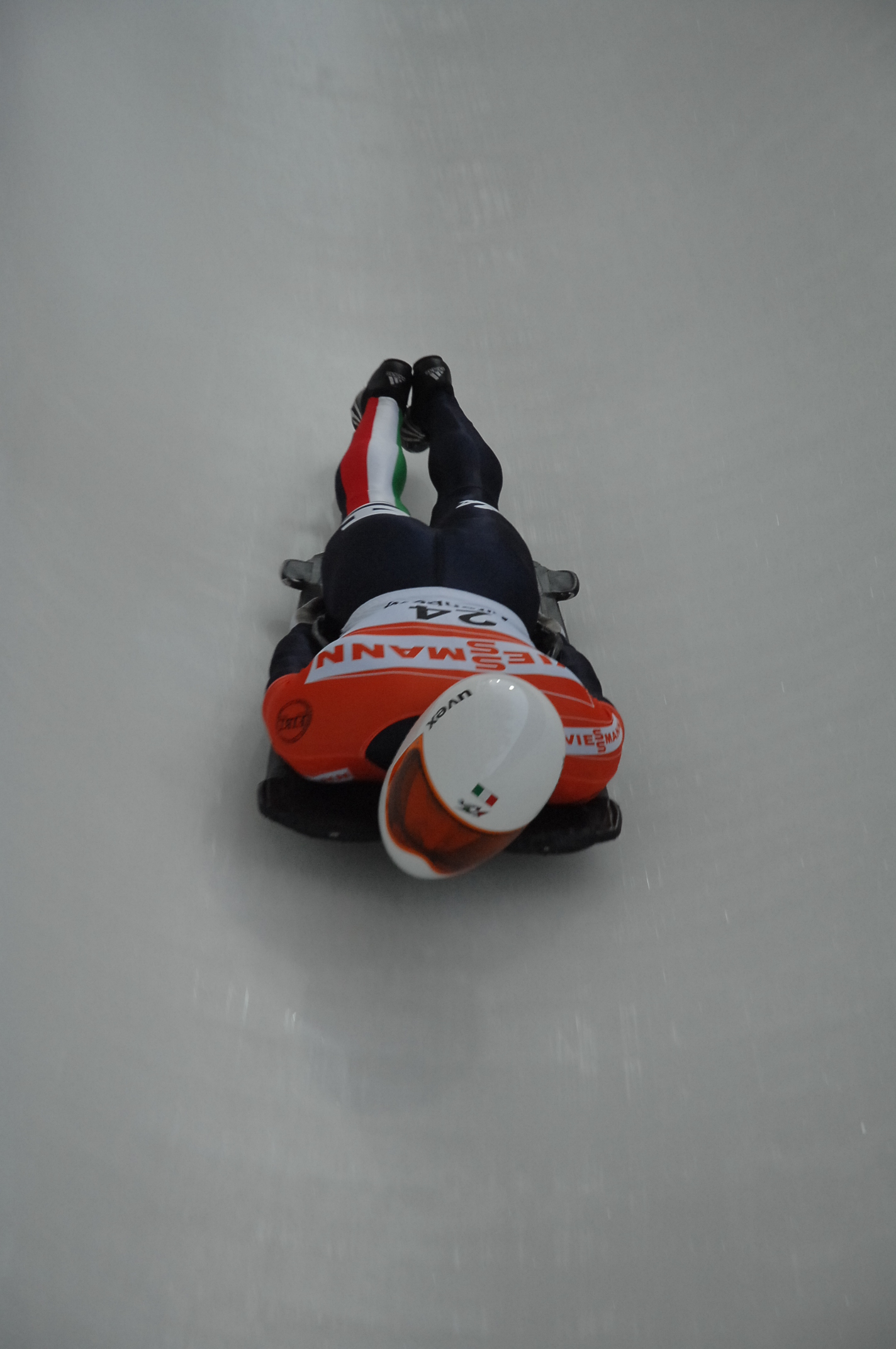Which of the ice skating sports is right for you? The best-known ice sports are ice hockey and figure skating. But there are many others... Here is an introduction to the different sports activities you can do in an ice rink, on skates or shoes, or on an ice track. What will you choose?
This article may contain affiliate Links (info on the Disclosure page). If you purchase using my link, I get a commission at no extra cost to you.
The different types of ice skating sports
The main types are:
- Figure skating - for people looking for a more artistic sport
- Ice Hockey - for a team sport
- Speed skating - for those looking to push their physical performance
They have various disciplines you can practice, and I will introduce them in this article.
Despite happening in the same ice rink, these sports are radically different, even in their equipment:

Types of ice skates
Other sports on ice also exist where you don't need to wear skates: Bobsleigh, Luge, Skeleton, Curling
The figure skating sports
Is figure skating a sport?
I am so sad to start this section with this subject, but the question is still often being asked.
Yes, figure skating is a sport. It is even an Olympic sport.
According to the Cambridge dictionary, a sport is : "a game, competition, or activity needing physical effort and skill that is played or done according to rules, for enjoyment and/or as a job:"
- Well figure skating needs physical effort for sure - the simple act of propelling yourself on the ice and controlling the trajectory requires strong muscles
- Skill - well, just try doing a single turn on the ice without the skill - this should be fun
- Rules - figures are imposed for example - actually, the International skating union (one of the oldest sports organization still existing) started codifying in 1892.
Now let's move one and discover the different disciplines of figure skating.
Figure skating - single (Men & Women)

- Introduction -
Skaters perform 2 programs to music which combine complex footwork, spirals (sustained one-foot slides on a single edge), spins and jumps. The tricks are performed along the length of the ice or in a circle. They demonstrate agility, dexterity and speed. - What is needed to practice -
Ice skates with the 'artistic style' blade which is longer than the dance blade at the back.
In competition, you also need a costume that does not block artistic movements and acrobatic figures. - Origin -
After being a mean of transportation and then a leisure activity on ponds, dance movements were added in 1863 by Jackson Haines who tried to spread this new style of skating.
In 1892, the Vienna School established the International Skating Union, one of the oldest sports associations still in existence. - Olympic history -
The first Olympic figure skating events were held in 1908 in London. It was the first winter sport to be added to the Olympics. - Famous sportsperson from the US -
Women - Michelle Kwan, Tara Lipinski, Kristi Yamagucchi, Peggy Flemming, Janet Lynn, Sasha Cohen...
Men - Scott Hamilton, Brian Boitano, Dick Button, Paul Wylie...
See this article ranking the US figure skaters
Figure skating - pairs
- Introduction -
Similar to Single figure skating - skaters do side by side jumps and pirouettes but also combined elements with spirals, above the head lifts and figures where the man throws the woman into a jump. - What is needed to practice -
Same as single - Origin -
The history of pair figure skating developed with the single sport. - Olympic history -
Joined the Olympics at the same time - Famous sportsperson from the US -
Kitty and Peter Carruthers, Vivian and Ronald Joseph, Nancy and Ronald Ludington
Ice Dance

- Introduction -
Although being part of figure skating, ice dancing is a different sport. It has no jumps or lifts above the head. Technical footstep and artistic interpretation play a bigger role in the the programs.
You can see the difference with pair figure skating in this article. - What is needed to practice -
Ice dancing skates (shorter blade) and costumes for competition. - Origin -
Haynes arrived in Europe from the US with his ballroom moves and ice dancing became popular by the early 1900s. But it remained recreational.
The first national competitions occurred in the 1930s.
In 1952, ice dancing was added to the World Championships. - Olympic history -
Ice dance first appeared as a demonstration sport at the 1968 Winter Olympics and it was fully added at the 1976 Olympics. - Famous sportsperson from the US -
Meryl Davis and Charlie White, Tanith Belbin and Benjamin Agosto, Collen O'Connor and James Millns - Learn more on my introduction to ice dance article
Synchronized skating
- Introduction -
In this sport, eight to sixteen figure skaters perform together as one or several units. They perform skilled footwork and figures in unison.
In the USA, it was first called precision skating. - What is needed to practice -
Same as the rest of figure skating - skates and costumes - Origin -
Although group skating may have started in the 19th century, the sport as it is currently known started in 1954 with the first precision skating team in Michigan.
The first international competition happened in 1976 between the US and Canada.
It has grown rapidly in the 20th century and the US alone has now over 600 teams. - Olympic history -
It is being reviewed for Olympic eligibility. - Famous teams from the US -
The Haydenettes, Miami University, the Skyliners - Learn more on my introduction to synchronized skating.
Theater on ice
- Introduction -
Know as ballet on ice in Europe, it consists in 8 to 30 skaters telling a story together. It combines figure skating, theater and dance.
2 programs are being performed: the free skate and the choreographic exercise - What is needed to practice -
Skates and costumes for each program - Origin -
I have not found how it has developed. But it has been quite recent, maybe from the beginning of the 21st century.
Some countries have formal championships but there are no regulated international competitions yet. - Olympic history -
This is not an Olympic sport
Find great gifts for yourself and your ice skating friends!
Ice Hockey

- Introduction -
Ice hockey is a contact team sport played on the ice. The skater use sticks to shoot the puck into to the opponent's net. The objective is to score goals. - What is needed to practice -
Ice hockey skates (different from figure skates), a helmet, gloves and a stick - Origin -
Mentions of games with sticks and some sort of puck date back to the 18th century and developed during the 19th century.
The contemporary organized sport of ice hockey originated in Montreal, Canada. In 1875 a game was played between 2 teams of 9 players.
Professional hockey developed from the beginning of the 20th century.
NHL is the league. - Olympic history -
Ice hockey (men teams) was introduced during the 1920 Olympic Games. The Women tournaments only started in 1998. - Famous teams from the US -
Boston Bruins, New York Rangers, Philadelphia Flyers - Learn more on my introduction to Ice hockey
Find great gifts for yourself or your hockey friends!
Speed skating disciplines
Here are a few facts about speed skating and short track - you can learn more on my introduction article.
Long Track speed skating (often called speed skating)

- Introduction -
Speed skating is a race over a certain distance on skates. What is commonly known as speed skating is the long track speed skating.
It takes place on 400-meter ovals. And various distances are raced. - What is needed to practice -
Special speed skates, helmet - Origin -
It seems that the first official race took place in 1763 in England.
It started developing in North America during the second half of the 19th century.
The federation was founded in 1892. - Olympic history -
It was supposed to make its Olympic debut in 1916 but because of the war it was pushed back to 1924. - Famous sportsperson from the US -
Men - Chad Hedrick (1000m - 1500m-5000m - 10000m), Derek Parra (5000m - 1500m), Shani Davis (1000m-1500m), Joey Cheek (500m - 1000m), Eric Heiden
Women - Beth Heiden (3000m), Dianne Holum (1500m - 3000m), Jennifer Rodriguez (1000m-1500m), Christine Witty (1000m - 1500m), Bonnie Blair (500m - 1000m)
Short-Track speed skating
- Introduction -
Short track skaters race just over one-quarter of the 400m oval (111.12m).
The goal is not necessarily to manage the best time.The goal is to finish in the top two of each heat to progress to the next round. - What is needed to practice -
Special speed skates, helmet - Origin -
Some European and Japanese leaders expressed the wish of mass-start races. They started in 1967 with international competitions from 1976. - Olympic history -
First appearing on the Olympic scene at Calgary in 1988, short track skating competition quickly integrated the core group of medal event from 1992. - Famous sportsperson from the US -
Men - Apolo Anton Ohno, Rusty Smith, John Henry Krueger, J.R. Celski
Women - Cathy turner, Amy Peterson, Katherine Reutter
Find great gifts for yourself and your speed skating friends!
The new extreme ice skating sports
Ice Cross downhill
In recent years, a new extreme sport has developed: competitive downhill skating on a walled track featuring sharp turns and high vertical drops.
The world tour is called Crashed Ice.
A men world championship has been established since 2010 and a women version since 2015.
Freestyle ice skating
Since around 2010, Freestyle ice skating is developing as a new phenomenon, using hockey skates.
It is an extreme sport where you try to create the craziest figures with long jumps, ramps and other pieces of equipment.
Adaptive sports on ice
Recreational skating
Programs have been established in many rinks to empower people with disabilities to enjoy ice skating.
In 1976, the Sabah organization started the movement.
It is accessible to people with blindness, mental challenges as well as physical ones.
Devices have been created to help people feel the joy of gliding on the ice: the support walker, orthotic inserts, wheelchair runners...
Sled hockey - Ice sledding
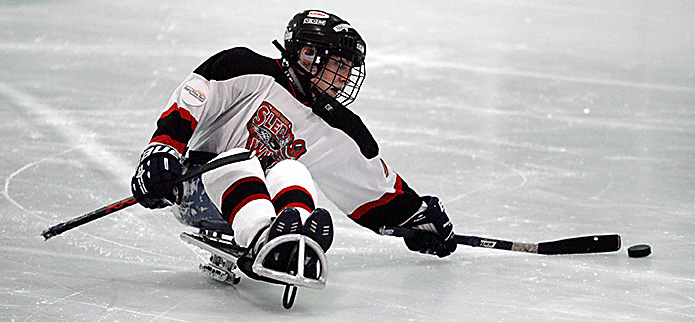
Randykwapis / Public domain
Seated equivalent of ice skating. The skater is seated on an oval ice sled and propels himself with picking sticks or shortened ski poles.
It started in Norway back in the 1960s and arrived in the US around 1989.
Adaptive figure skating
Skaters with mental disabilities can take part in the US figure skating special Olympics program and other competitions.
Wheelchair curling
Wheelchair curling is an adaptation of curling for athletes with a disability affecting their lower limbs or gait. It is played with the same rocks as regular curling, but they are thrown from a stationary wheelchair and there is no sweeping.
Ice skating at the Paralympics
Only 2 ice skating sports are currently present at the Paralympics: male sled hockey and wheelchair curling.
Other ice sports without skates
We have seen an overview of the ice sports performed with skates.
But there are a few other "ice sports" which happen on ice but without skates, some in the rink others on a track.
Below is a brief introduction to them.
Bobsleigh (or Bobsled)

It is a timed run down a narrow and twisting ice track inside a gravity-powered sleigh.
A 4-person team pushes and maneuvers the sleigh to get the best aggregated time over several runs.
It has been featured in the Olympics since the 1924 games.
Luge

Luge is a race down a narrow and twisting ice track by a single person without protection. The feet are stretched in from of them and speed can reach 140km/h.
There are also pair events.
It made its debut at the Olympic games in 1964. Since 1976 it is on the same track as bobsleigh.
Skeleton
Skeleton is also a single race down a narrow and twisting ice track without protection. But in this case, the racer goes down head first.
It became an Olympic event at the 2002 Winter Olympics.
Curling

Curling is a team sport played on the rink but without skates. Two teams of 4 players play 16 shots each to bring the stone curls to a target by preparing the ice with a broom.
Curling appeared at the 1924 Olympics, came back as a demonstration sport in 1932 but become a regular medal event from 1998.
